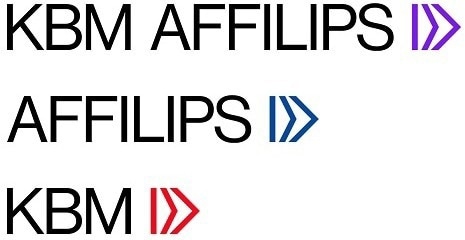This interview with KBM Affilips provides an overview of Aluminium-Scandium (AlSc).
What is the chemical composition of your aluminium-scandium (AlSc) and what chemical properties does this provide the alloy with?
The chemical composition of the aluminium-scandium master-alloy is 2% scandium and the balance is 99.7% aluminium. The master alloy is used to add scandium to Al-Mg-Zr containing alloys, which are used in the form of sheet and plate. These sheets and plates are mainly used by aircraft manufactures.
The scandium content in the aluminium sheet and plate varies from 0.2 – 0.4% scandium.
What are the important physical properties of aluminium-scandium?
Aluminium scandium containing alloys combine high strength, ductility, weld-ability, improved corrosion resistance and a lower density (as a result of the magnesium in the alloy). The combination of all these properties makes aluminium-scandium containing alloys extremely suitable for aerospace industry.
When were the beneficial properties of aluminium-scandium first realised? How were these developed?
The beneficial properties of scandium in aluminium alloys were first utilized in Russia during the cold war period. Alloys containing scandium were used for missiles and MIG fighter jets.
What are the main application areas that aluminium-scandium can be used in?
As mentioned earlier, aluminium scandium alloys can be used in the form of sheet and plate for aerospace applications.
Other applications for aluminium scandium alloys include blades for wind-mills and sporting goods like bicycle frames, baseball bats and golfclubs.

Aluminium-scandium (AlSc) is used extensively in aerospace applications. Image Credit: Photos.com
What form does KBM Affilips provide aluminium-scandium in?
KBM Affilips provides the aluminium scandium alloy in the form of a 6kg waffle ingot.
How do you see aluminium-scandium being utilised in the future? Do you think there will be any significant changes?
The current price of scandium prevents a wider application in the aluminium industry, therefore scandium will just be used for the time being in high-end markets like aerospace and sporting goods.
About KBM Affilips
KBM Affilips is the marketing and sales organisation for a wide range of specialised master alloys manufactured by its production companies KBM Master Alloys in The Netherlands and Affilips in Belgium, both founded in the early sixties of the last century.
KBM was originally named as Kawecki-Billiton formerly owned by Shell/Billiton.
KBM Affilips is the world’s largest manufacturer of non-ferrous master alloys delivering well over 40.000 tonnes of products to 80 different countries.
KBM Affilips has built an excellent reputation in the field of Aluminium-,Copper-, Nickel-, Cobalt- and Zinc-based master alloys. These master alloys are used in the manufacture of a wide range of metal products, including aluminium aircraft sheet, special steels and super alloys for aircraft engines, products for aerospace applications, nuclear reactors and other demanding applications.
KBM Affilips has established a reputation as an innovator and cost leader in the production of highly specialised Aluminium based master alloys such as the full range of Aluminium-Titanium-Boron grain refiners, Aluminium-Boron, Aluminium-Strontium and Aluminium-Scandium master alloys.
In 1989 KBM Affilips became the first master alloy being certified with ISO9001 and it is the oldest European producer of Aluminium Titanium Boron grain refiner rod products.
With more than 50 years of experience KBM Affilips presents itself as a financially solid as well as global partner for a wide range of industries.
Today KBM Affilips and its affiliates are part of the ROBA Group of companies, which has been active in the metal industry for over 75 years and is based in The Netherlands.

This information has been sourced, reviewed and adapted from materials provided by KBM Affilips.
For more information on this source, please visit KBM Affilips.